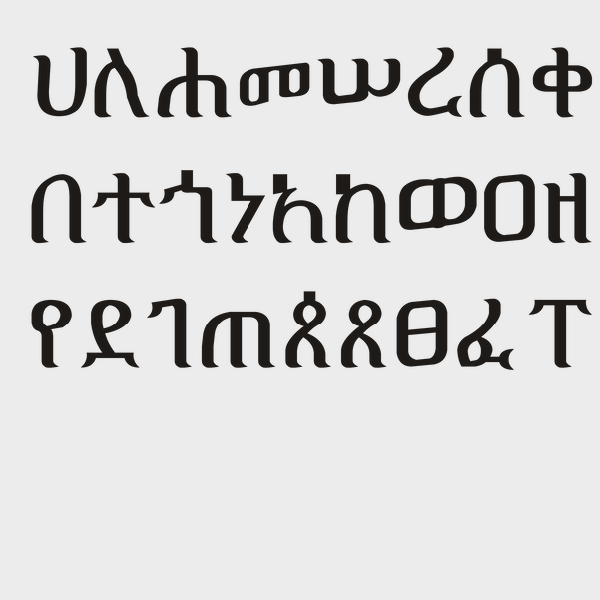Politics

Minecraft Education
Because Minecraft offers such a wide variety of sources and topics, it can be incredibly helpful to teachers. However, because game-based play poses particular risks, such as the possibility that students will not learn and only focus on playing.
The League of Nations Archive
The archive offers an extensive array of primary sources that can be used in the study of global history, international relations, transnational conflict, national border creation, migration, human rights, and historical personages.
Exploring Africa
Its goal is to provide high quality resources about Africa and its nations for K-12 educators. Teachers and students can learn about themes relating to African history and information about specific countries in a well-researched, easily digestible format.
A Visual Guide to the Cold War
The goal of the site is to facilitate discussion around key themes of the Cold War and provide insight into both American and Soviet perspectives.
Germany: Memories of a Nation
"...MacGregor uses different artifacts and places to discuss specific topics or themes central to German identity, as well as providing historical context for each discussion."
Visualizing Energy:
By combining written analysis with data visualizations, this project displays how energy policy can affect health and equity in a way that makes it interactive and easy to understand.
Ge'ez Script
Ge’ez script is a script used in modern-day Eritrea and Ethiopia that dates back to the 1st century CE.
Al-Umari’s Account of Mansa Musa’s Visit to Cairo
Mansa Musa was the leader of the Mali empire in the fourteenth century and reportedly the wealthiest person – allegedly ever. The empire covered modern-day Mali and parts of Guinea, Senegal, Mauritania, and the Gambia, and Mansa Musa expanded the territorial claim to include Gao and Timbuktu.

Ha’amonga ‘a Maui in Tonga
Ha’amonga ‘a Maui is a stone trilithon located on the island of Tongatapu in Tonga. A stone trilithon is a stone monument with two large vertical stones acting as a post for the third stone set horizontally across the top.

Altar from the Classic Maya Period
This limestone altar was created by the Maya culture sometime between 300 and 900 CE and found in Belize in Central America. The altar is round and was carved with twenty glyph blocks on top, which are now faded and display cracks but also attempts at repairs.